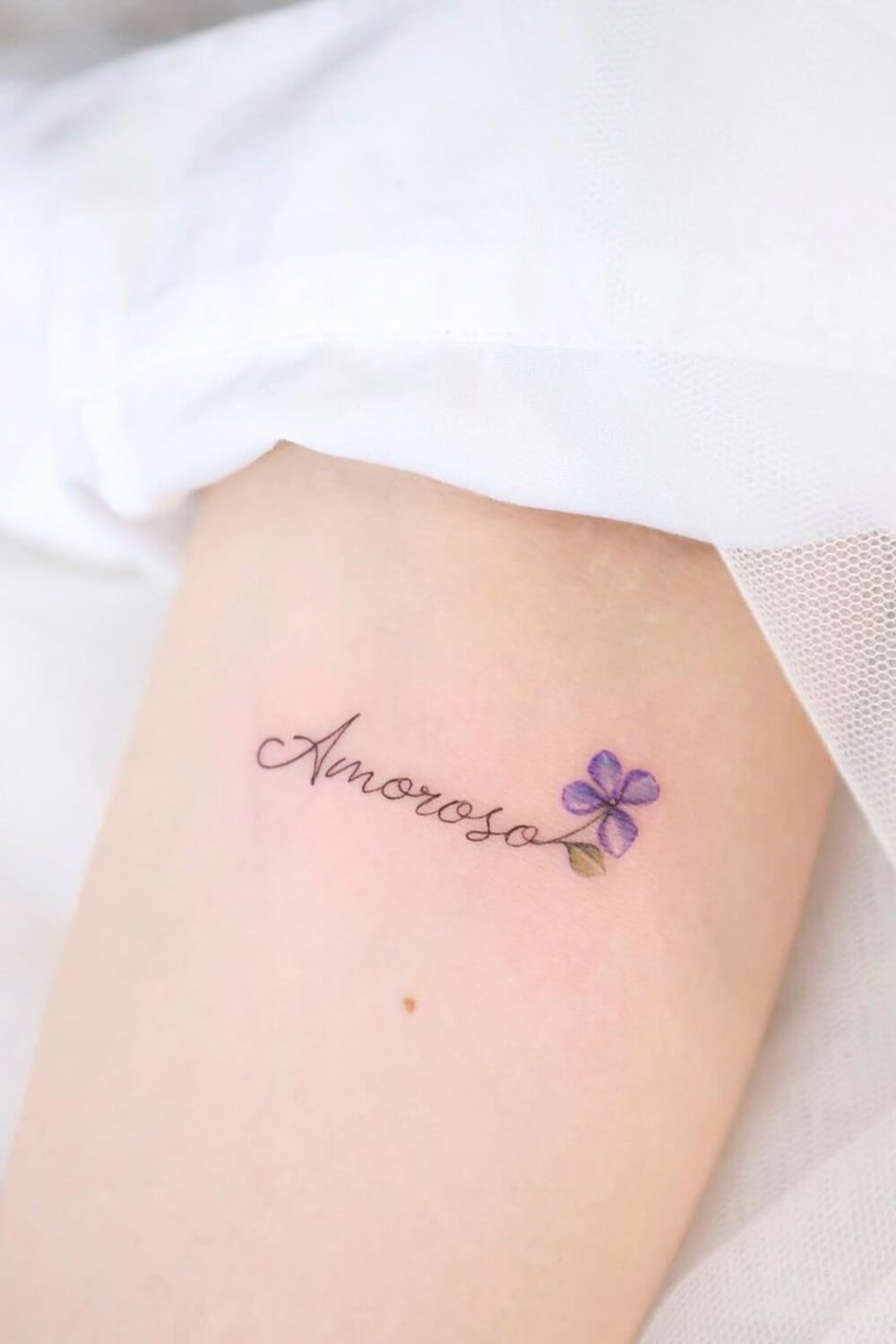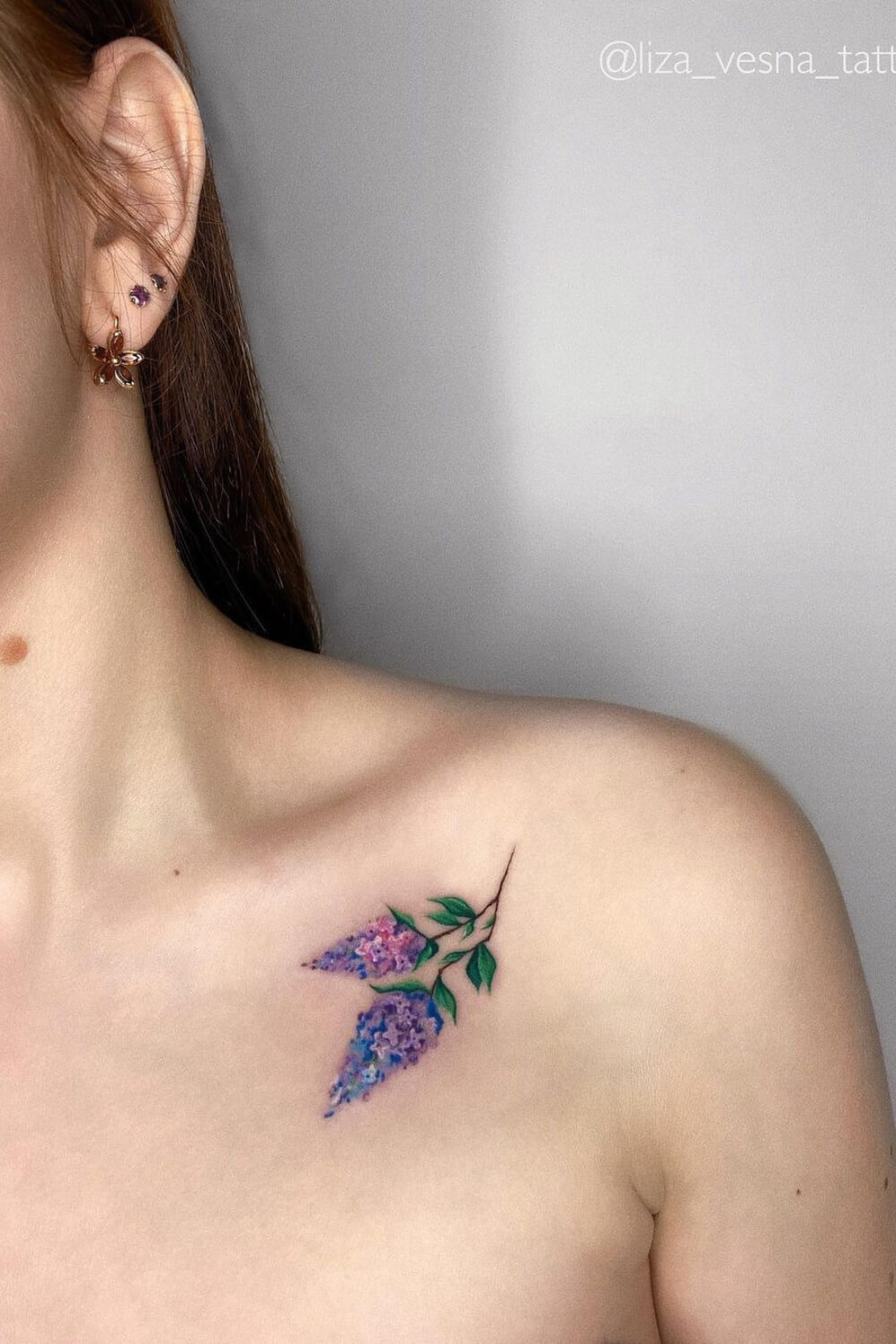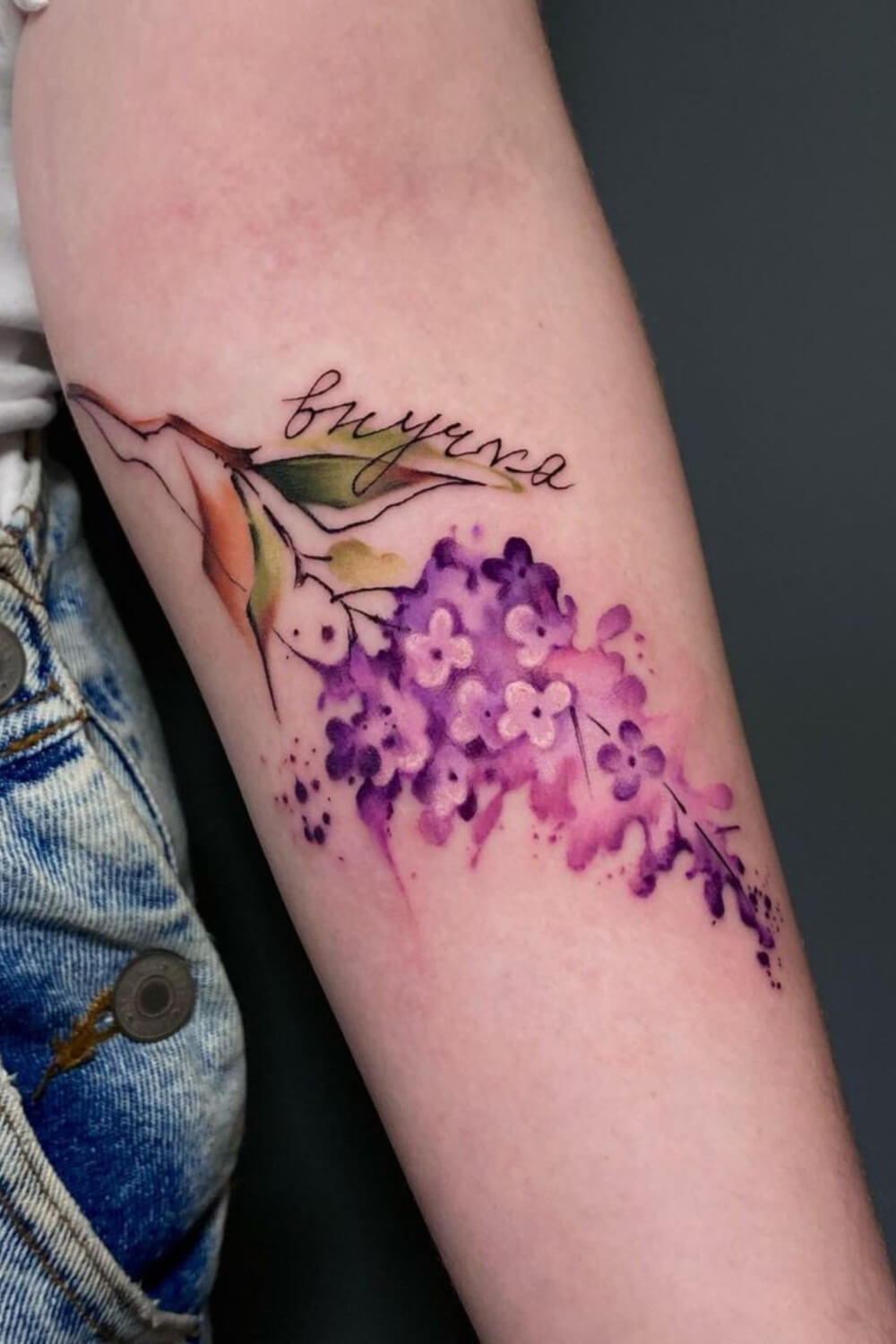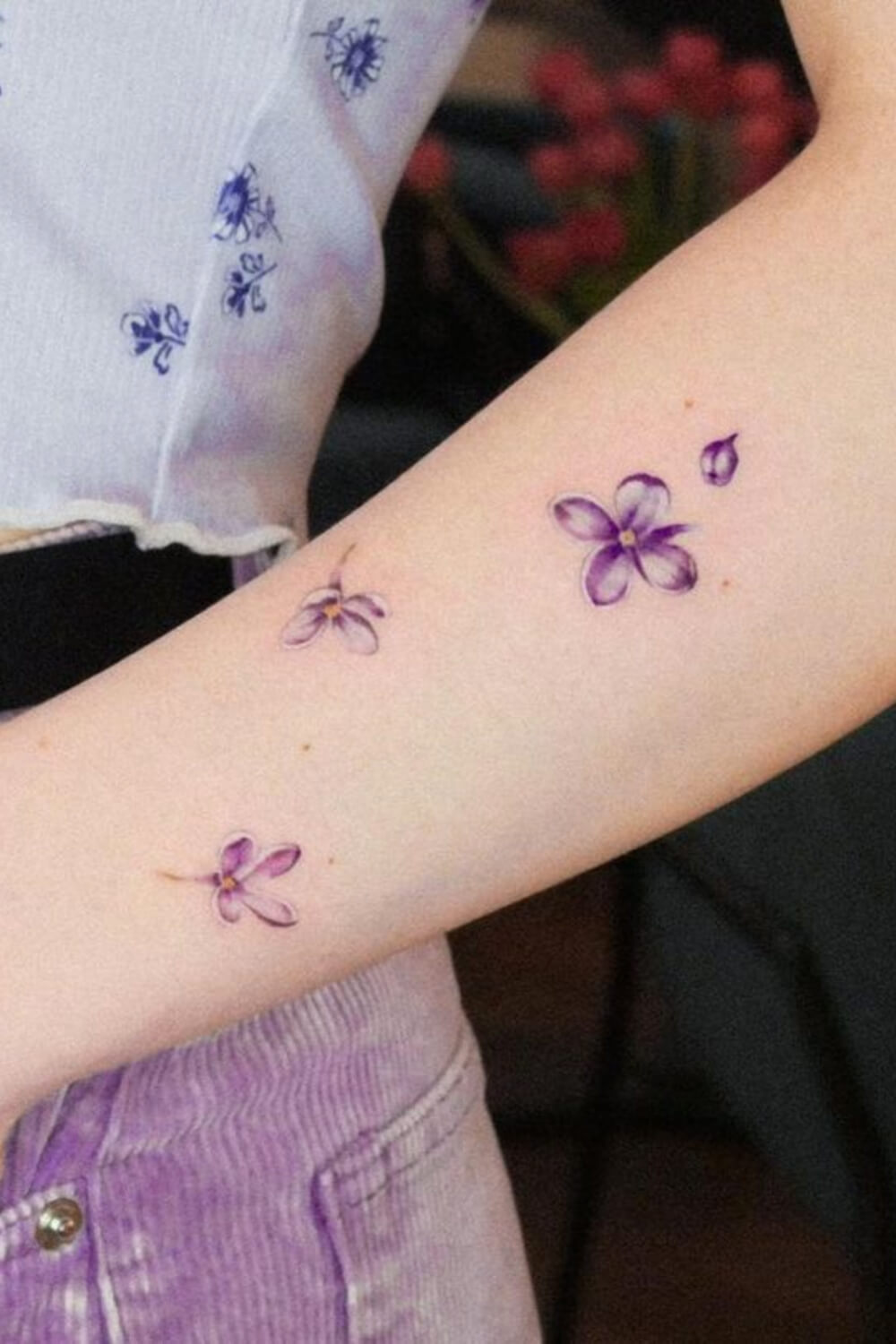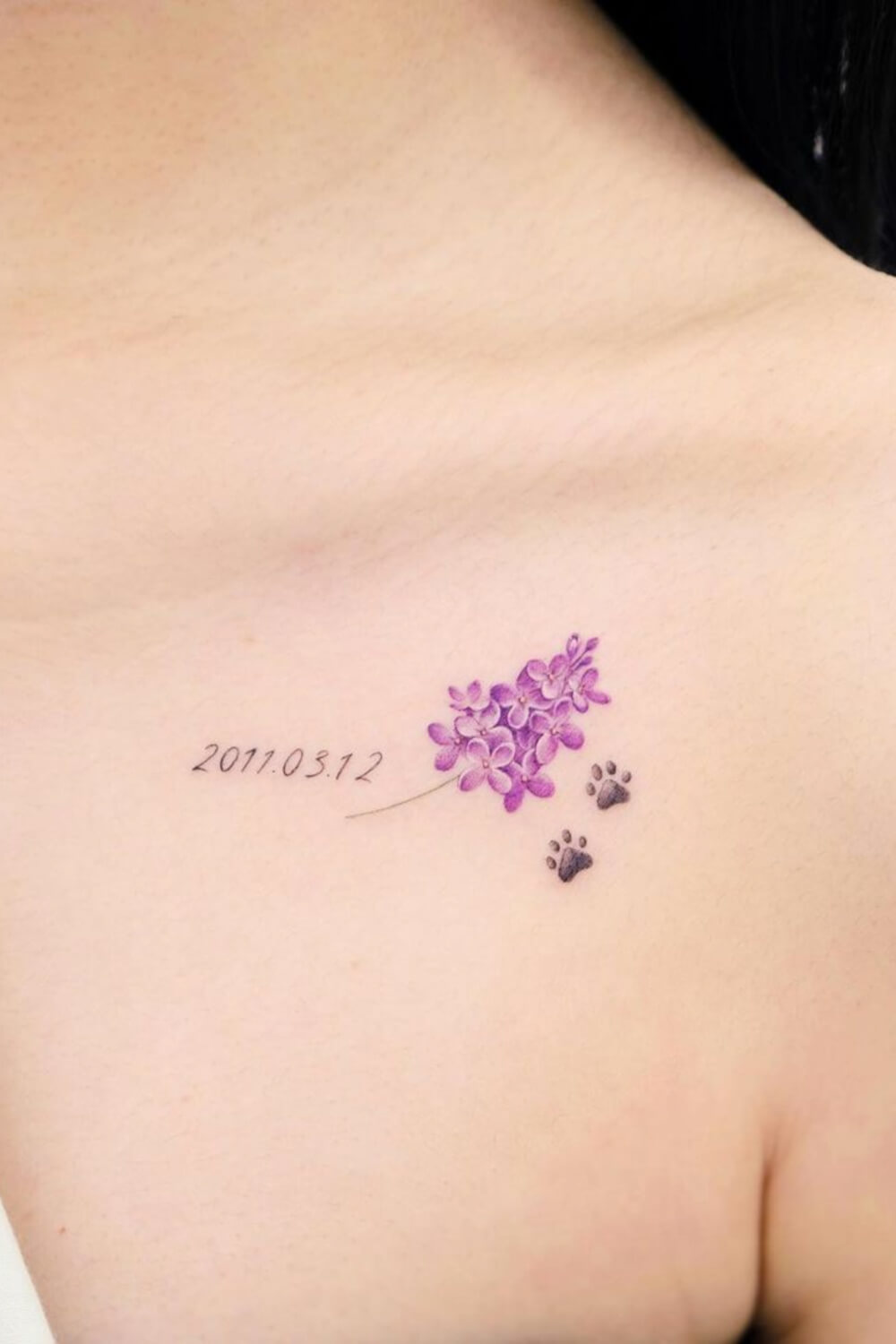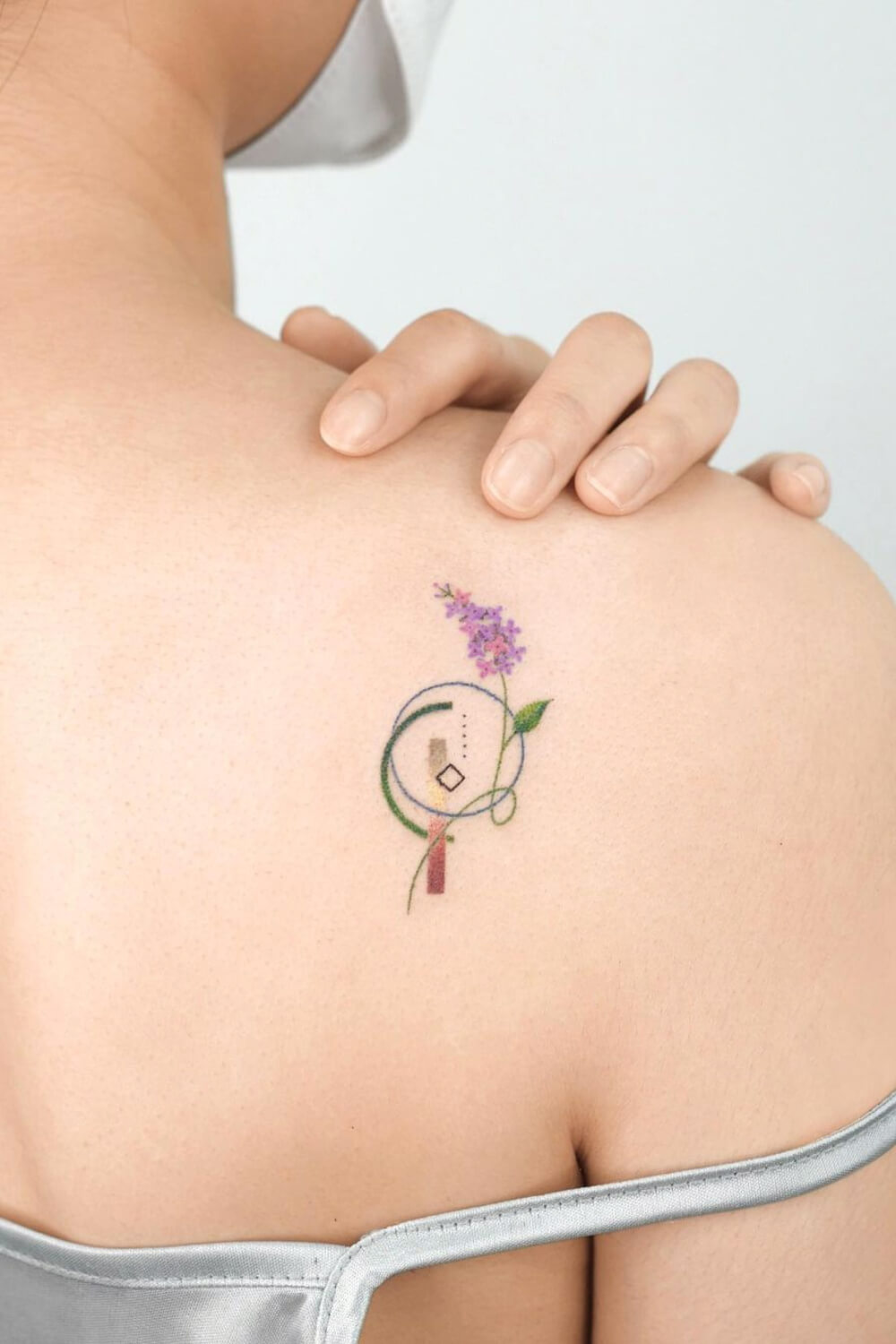Lilac Cultural Background
From ancient mythology to modern-day celebrations, the lilac’s presence is ubiquitous, each culture imbuing it with its own unique significance.
In Greek mythology, the lilac is associated with Pan, the god of the wild, whose playful spirit is said to have transformed a beautiful nymph into the fragrant flower. This mythological origin lends the lilac an air of mystique and enchantment, evoking images of untamed wilderness and divine beauty.
Across various cultures, the lilac has been revered for its medicinal properties, believed to possess healing powers capable of curing ailments and warding off evil spirits. In Eastern European folklore, for instance, lilacs were often planted near homes to protect against malevolent forces and ensure prosperity for the household.
Moreover, the lilac holds a prominent place in the realm of art and literature, inspiring poets and painters alike with its ethereal beauty. From the romantic verses of Walt Whitman to the vibrant brushstrokes of Vincent van Gogh, the lilac has served as a muse for creative expression, its delicate hues capturing the imagination of generations.
In Victorian England, where the language of flowers flourished, the lilac conveyed messages of first love and youthful innocence, its sweet fragrance serving as a secret code for clandestine admirers.
Today, the lilac continues to hold sway in cultural festivities and rituals around the world. From weddings to funerals, its presence is felt as a symbol of love, remembrance, and renewal, transcending geographical boundaries and bridging the gap between past and present.
